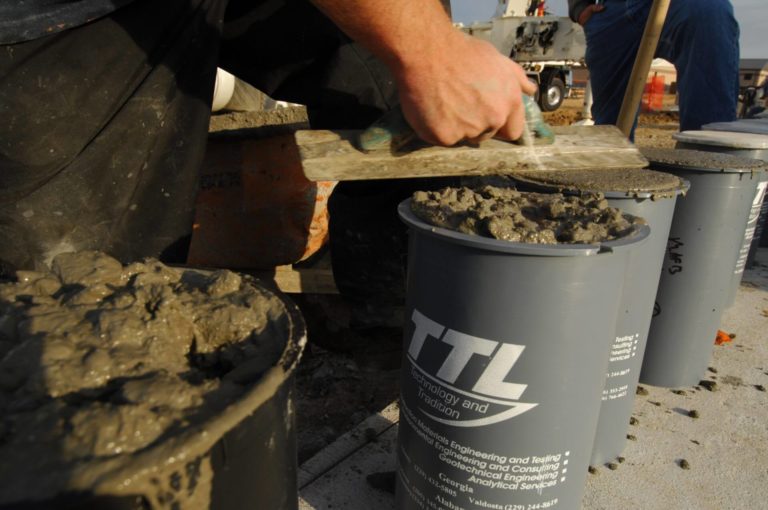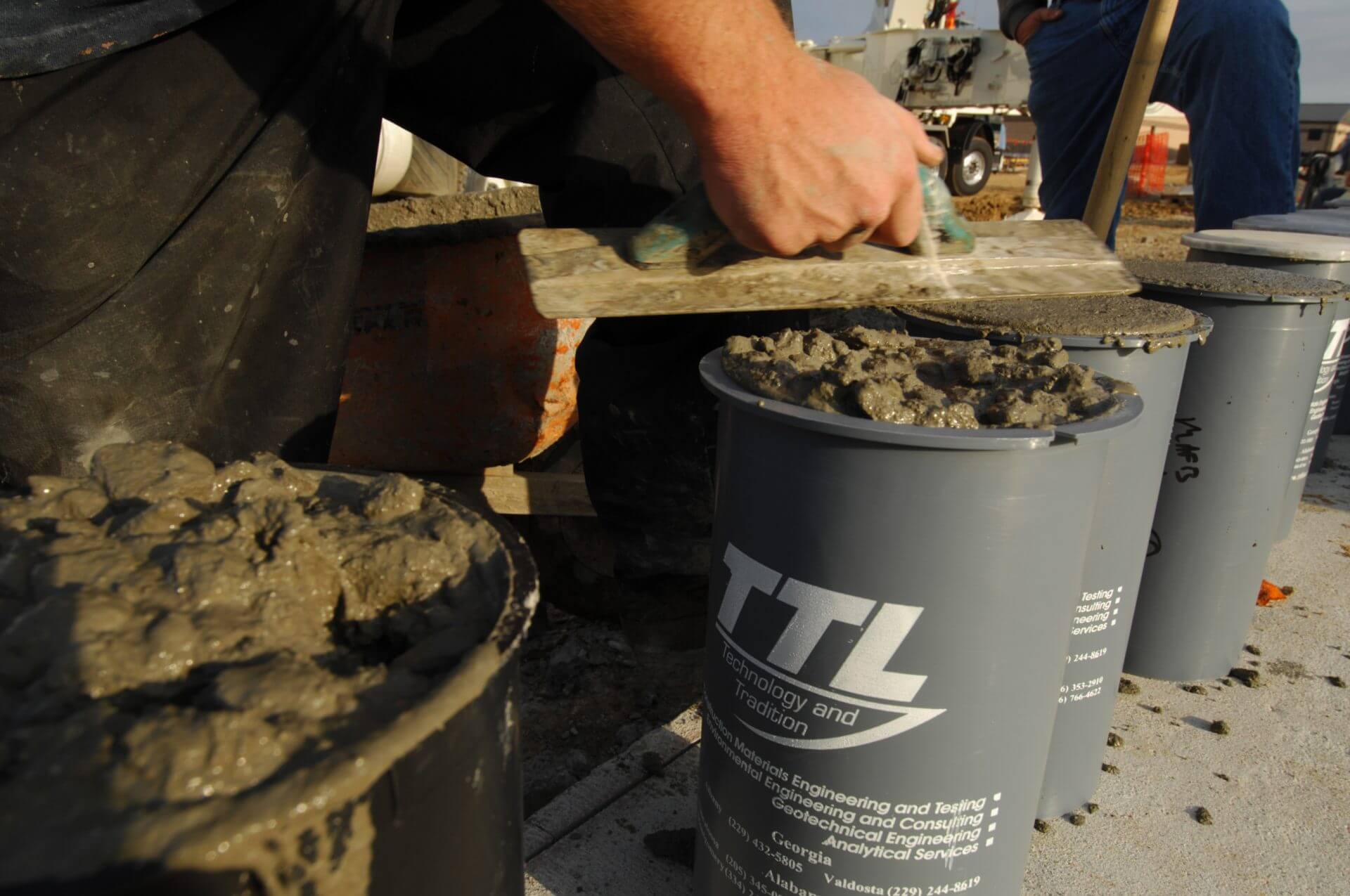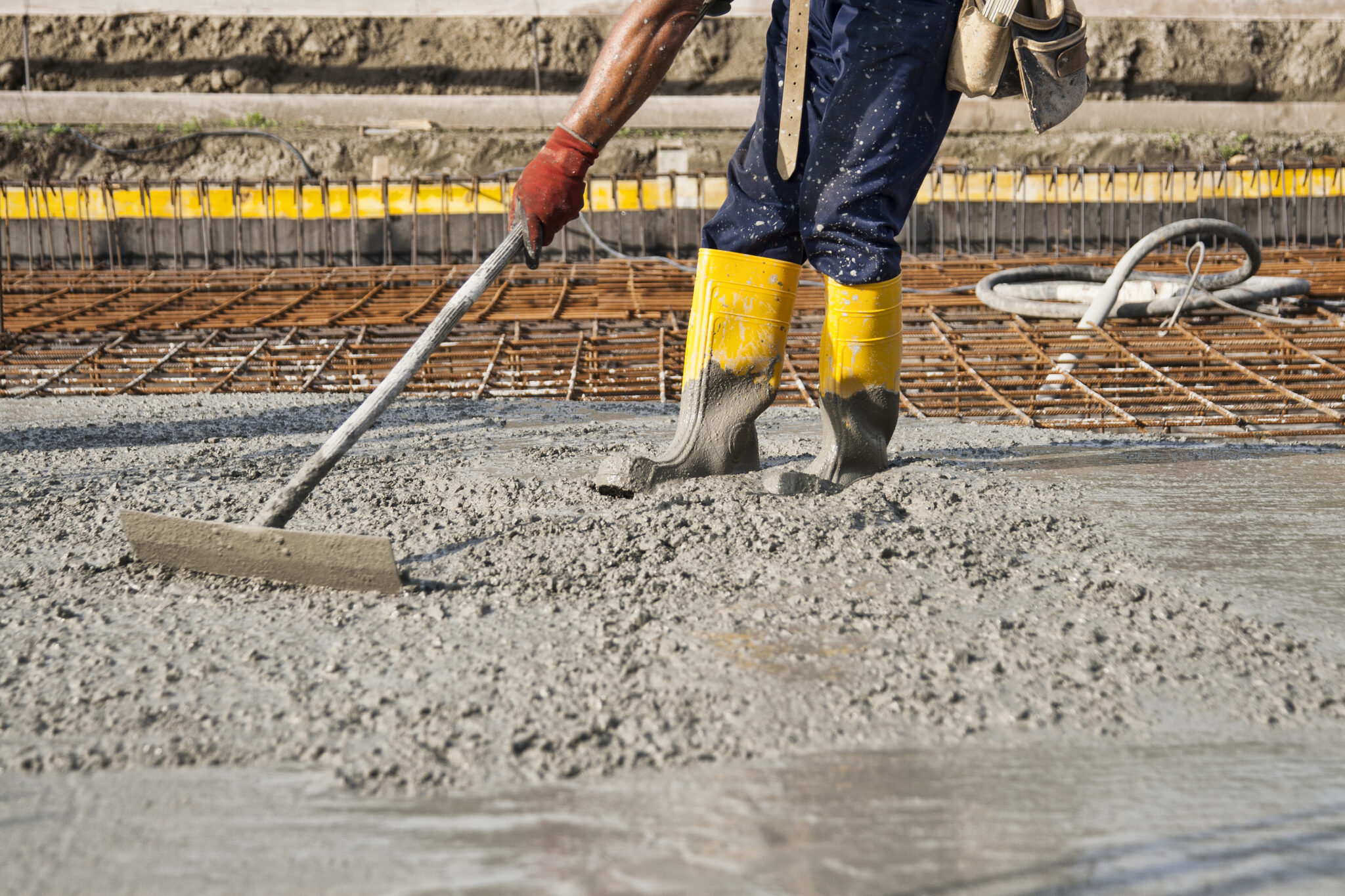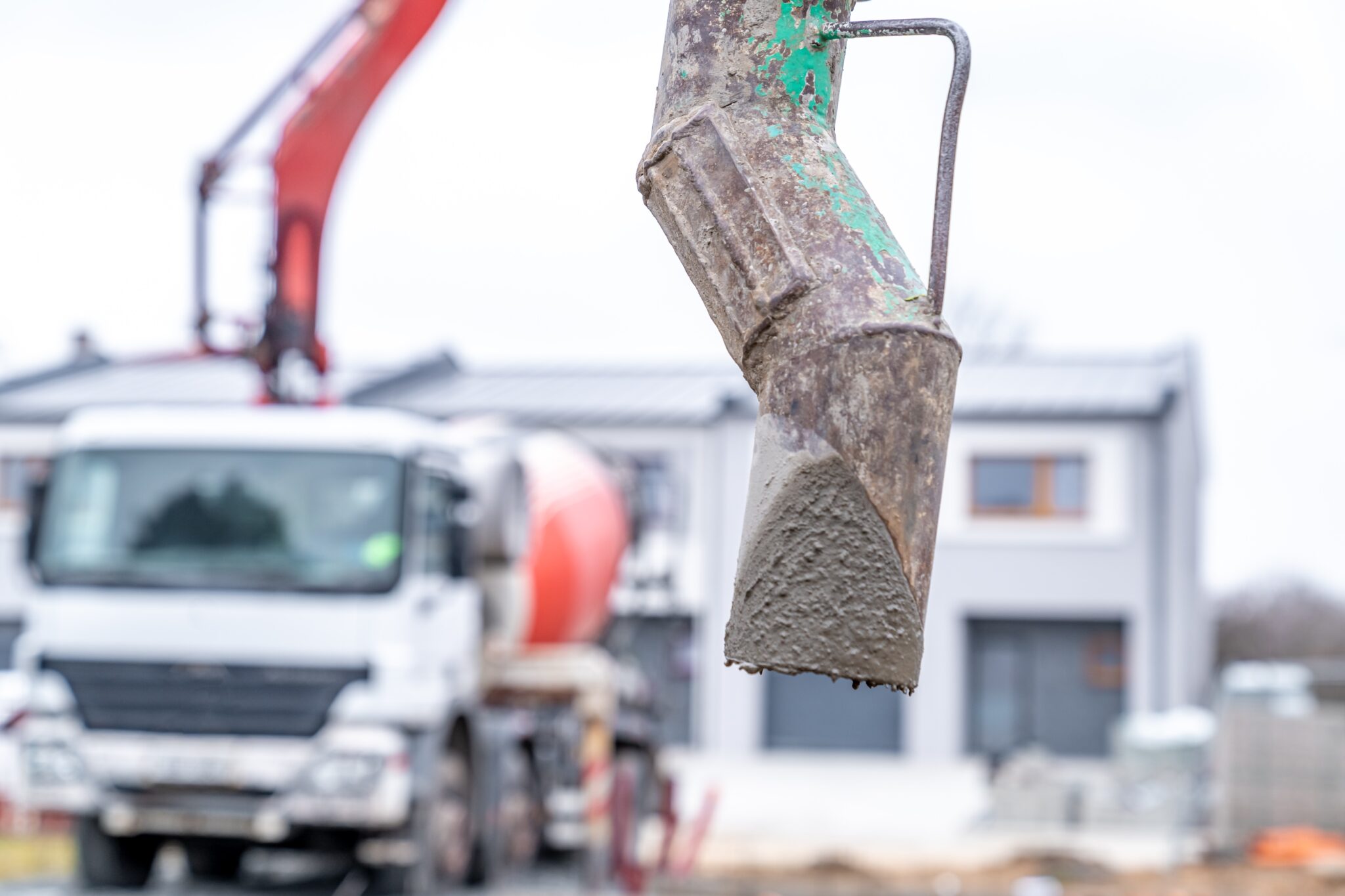The compressive strength of concrete is a fundamental property that determines its ability to withstand loads without failing. In the UK, ensuring that concrete meets the required compressive strength standards is crucial for the safety and durability of construction projects. In this blog, let’s explore the methods used to test the compressive strength of concrete and the relevant standards in the UK.
Explore 12 Futuristic Technology Trends Solving Concrete's Biggest Challenges.
Importance of Compressive Strength Testing
Compressive strength testing is essential for several reasons:
- Quality Assurance: Ensures that the concrete used in construction meets the specified strength requirements.
- Structural Integrity: Verifies that the concrete can support the loads it will encounter during its service life.
- Compliance: Confirms that the concrete complies with national and international standards.
Two Methods of Compressive Strength Testing
Cube Test
The cube test is the most common method for determining the compressive strength of concrete in the UK. This test involves casting concrete into cube moulds, curing them under controlled conditions, and then crushing them in a compression testing machine to measure their strength.
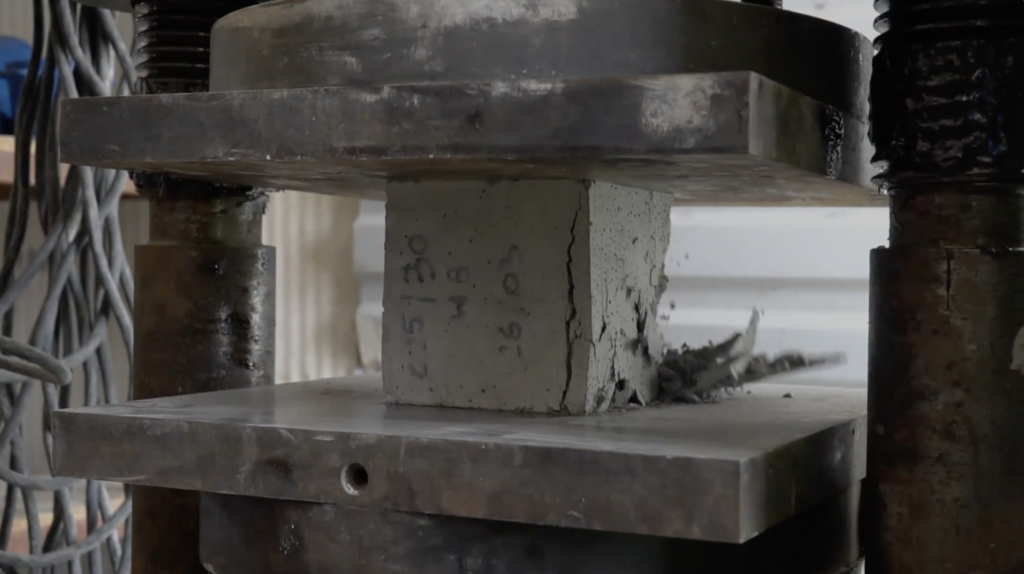
Procedure
- Casting: Concrete is poured into cube moulds (typically 150mm x 150mm x 150mm) and compacted to remove air voids.
- Curing: The cubes are cured in a controlled environment, usually in water at 20°C, for a specified period (commonly 28 days).
- Testing: The cured cubes are placed in a compression testing machine and subjected to increasing loads until they fail. The maximum load applied is recorded, and the compressive strength is calculated.
Cylinder Test
The cylinder test is another method used to determine the compressive strength of concrete. This test is more common in some countries but is also used in the UK for specific applications.

Procedure
- Casting: Concrete is poured into cylindrical moulds (typically 150mm diameter x 300mm height) and compacted.
- Curing: The cylinders are cured under controlled conditions, similar to the cube test.
- Testing: The cured cylinders are placed in a compression testing machine and subjected to increasing loads until they fail. The compressive strength is calculated based on the maximum load applied.
Looking for a Newer Method of Measuring Concrete Strength?

Monitor your concrete strength and temperature remotely. Check out SmartRock™: The non-destructive, wireless concrete monitoring sensor!
Standards for Compressive Strength Testing in the UK
In the UK, compressive strength testing of concrete is governed by several standards, including:
- BS EN 12390-2: This standard specifies the procedures for making and curing concrete specimens for strength tests. It outlines the requirements for preparing, casting, and curing.
- BS EN 12390-3: This standard specifies the testing of concrete cubes to assess their compressive strength accurately. Adhering to these standards is essential for obtaining reliable and consistent test results, thereby ensuring the quality and integrity of construction projects
- BS EN 13791: This standard covers the assessment of compressive strength in structures and precast concrete components. It includes procedures for taking, examining, and testing cored specimens
These standards ensure that the testing procedures are consistent and reliable, providing accurate results that can be used to assess the quality and performance of concrete.
What are the Best Practices for Compressive Strength Testing?
- Proper Sampling
Ensure that concrete samples are taken correctly and representatively from the batch. This helps to obtain accurate and reliable test results. - Accurate Curing
Follow the specified curing procedures to ensure that the test specimens achieve the required strength. Proper curing conditions are essential for accurate compressive strength measurements. - Regular Calibration
Regularly calibrate the compression testing machine to ensure accurate and consistent results. Calibration helps to maintain the reliability of the testing equipment. - Documentation
Maintain detailed records of the testing process, including the casting, curing, and testing procedures. Proper documentation ensures traceability and helps in verifying the test results.
Conclusion
Compressive strength testing is crucial for ensuring the quality and durability of concrete structures in the UK. By following best practices and adhering to national standards, builders can ensure that their concrete meets the required strength specifications.
Hanson UK reopened Petteril Bridge only 7 weeks after being damaged. Learn how SmartRock saved the day here!
